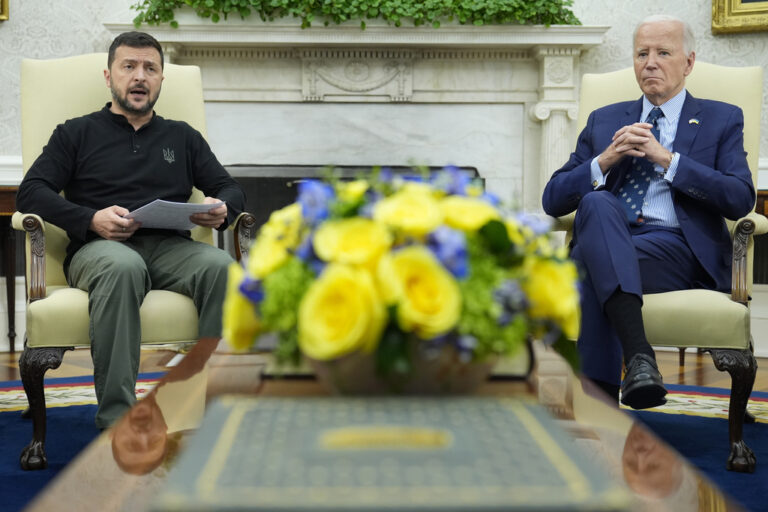 Late November is a time for family, thankfulness — and winter moths.
Late November is a time for family, thankfulness — and winter moths.
The invasive insects that defoliate trees are expected to emerge in Rhode Island this week, not long after having been spotted in Massachusetts.
Native to Europe, winter moths have damaged a growing number of trees throughout New England in recent years. They emerge from Thanksgiving to Christmas when females lay eggs. Caterpillars hatch in the early spring and start chomping. They like maples, oaks and apple trees, but they’ll feed on a wide variety of hardwood trees.
One expert says they could be particularly problematic this spring for drought-stressed trees.
“Trees can take being defoliated for two years in a row and that third year can kill the tree,” said Heather Faubert, who runs the Plant Protection Clinic at the University of Rhode Island. “It can vary by site and tree species, but that’s a rule of thumb. In a drought situation, trees just aren’t going to be able to survive as well.”
The moths were found last year in Long Island, New York, southeastern Connecticut, most of Rhode Island, eastern Massachusetts and along the New Hampshire and Maine coasts. They have also been found in Oregon and Washington.
Entomology specialist Tawny Simisky describes the moths as “pesky critters.” The moths were found in the Boston area earlier in November, added Simisky, of the UMass Extension Landscape, Nursery and Urban Forestry Program.
Some homeowners wrap sticky bands around their trees this time of year to trap the moths and stop the females from laying their eggs in the bark. It’s questionable whether that works.
The moths will lay their eggs right below the band and many can make it across the bands, Faubert said. The larvae also blow in the wind in the spring and move between trees. Horticultural oil spray applied in the late winter or early spring can be used to kill the eggs, Faubert added. Only the males fly.
Joseph Elkinton, an entomology professor at UMass Amherst, is trying to combat the problem by releasing a parasitic fly that lays its eggs on tree leaves.
When the winter moth caterpillar eats the eggs while eating the leaves, the eggs hatch inside the caterpillar and the fly larva eat it from the inside out. Elkinton said he has released a few thousand flies annually in 41 locations in New England, starting in 2005.
The method has led to a significant decline in winter moths in Wellesley, Massachusetts, and the same technique worked in Nova Scotia in the 1950s, he said.
“It takes time for the flies to catch up with the literally billions of winter moths out there,” Elkinton said. “There’s no reason it shouldn’t work here and the data suggests we’re on the verge of doing so.”
Each female winter moth lays about 250 eggs and there can be 100,000 caterpillars per tree in areas with heavy winter moth outbreaks, he added.
(AP)










